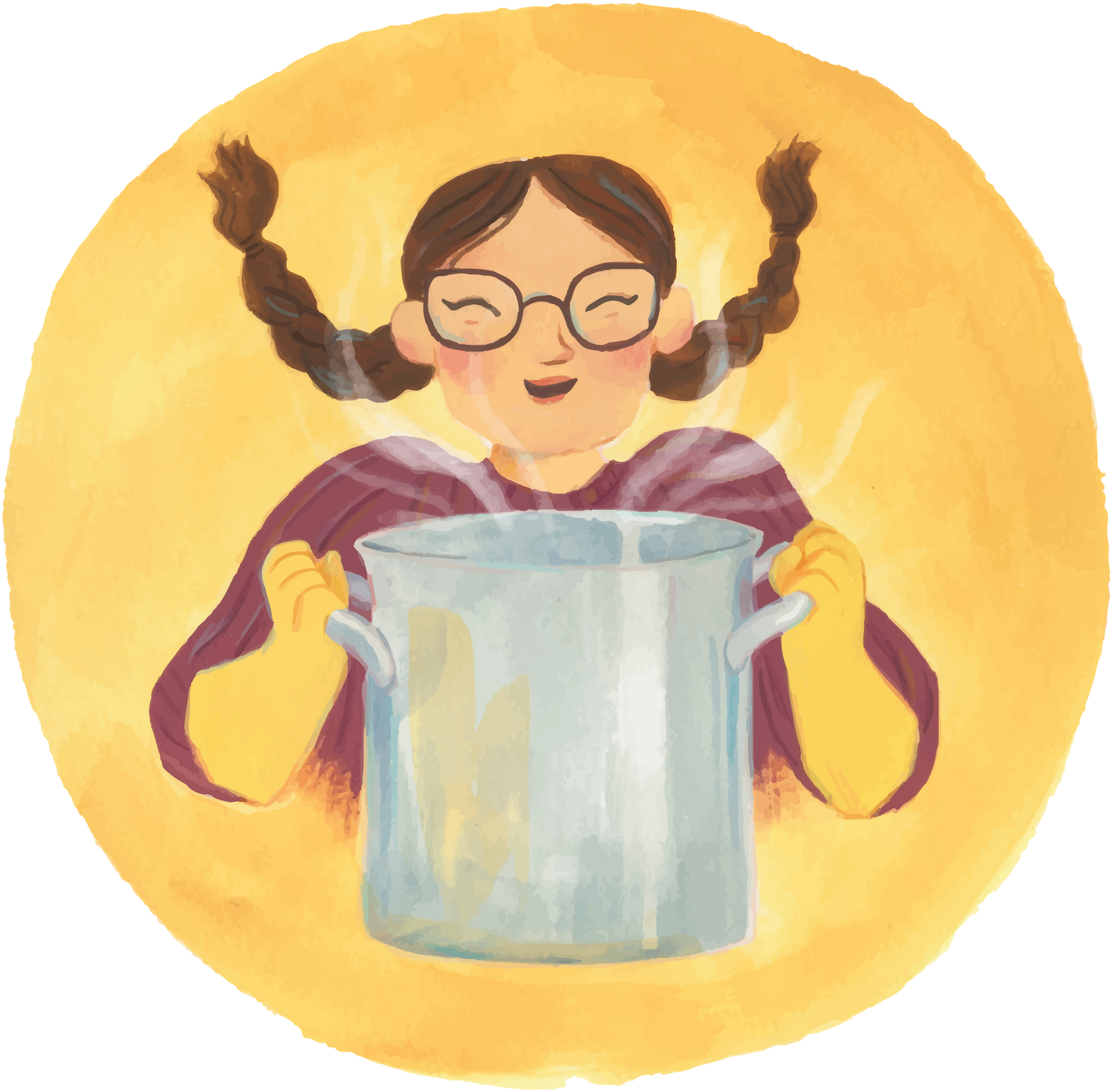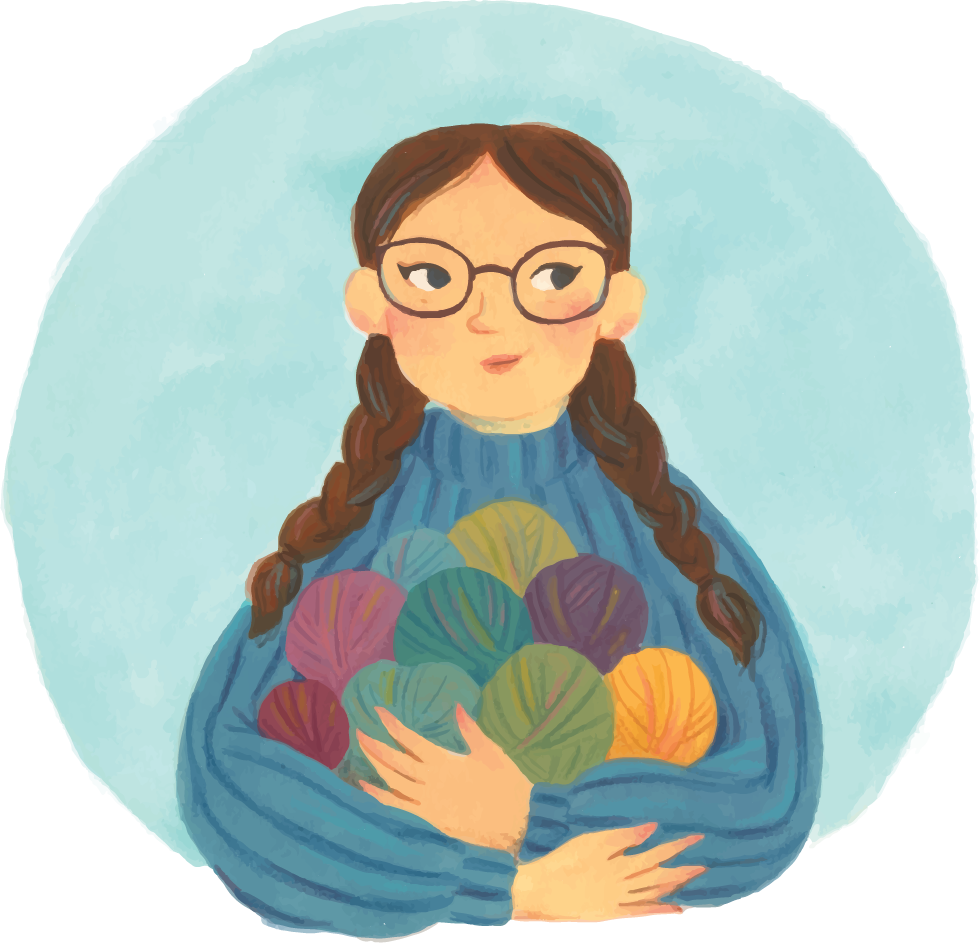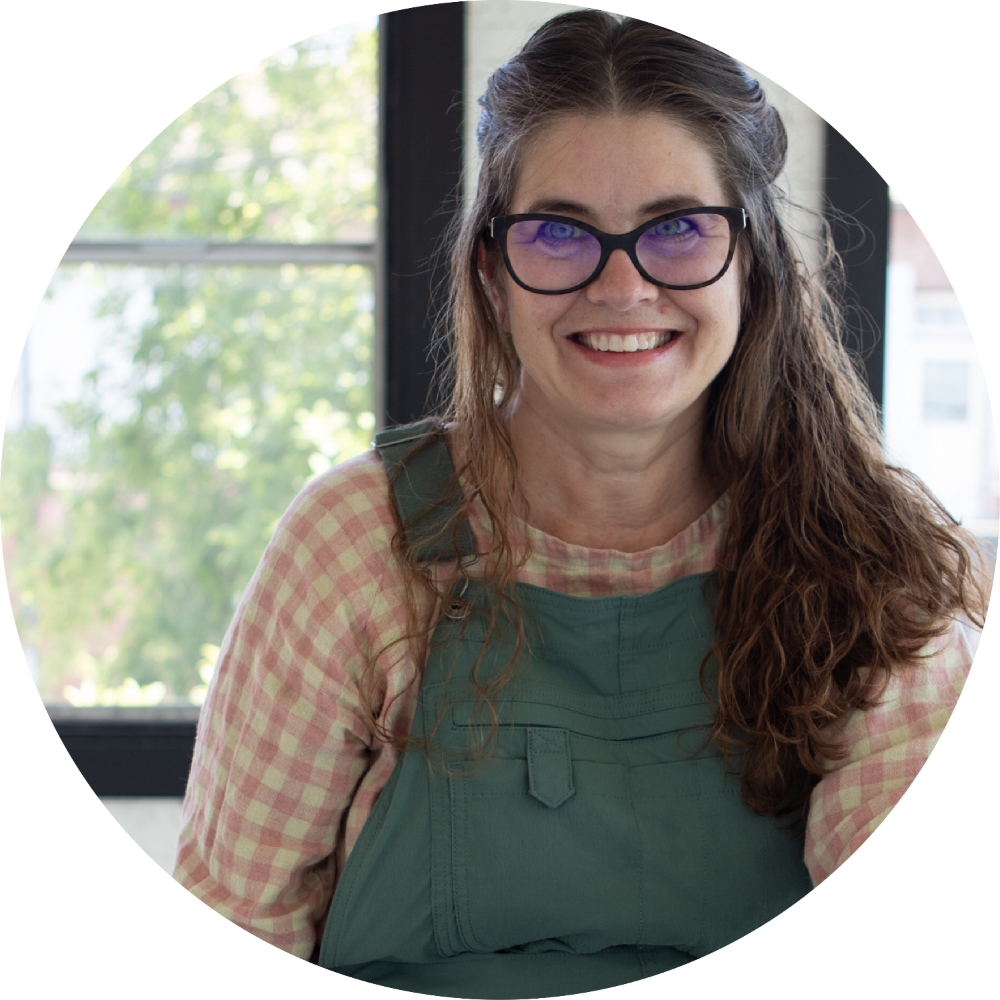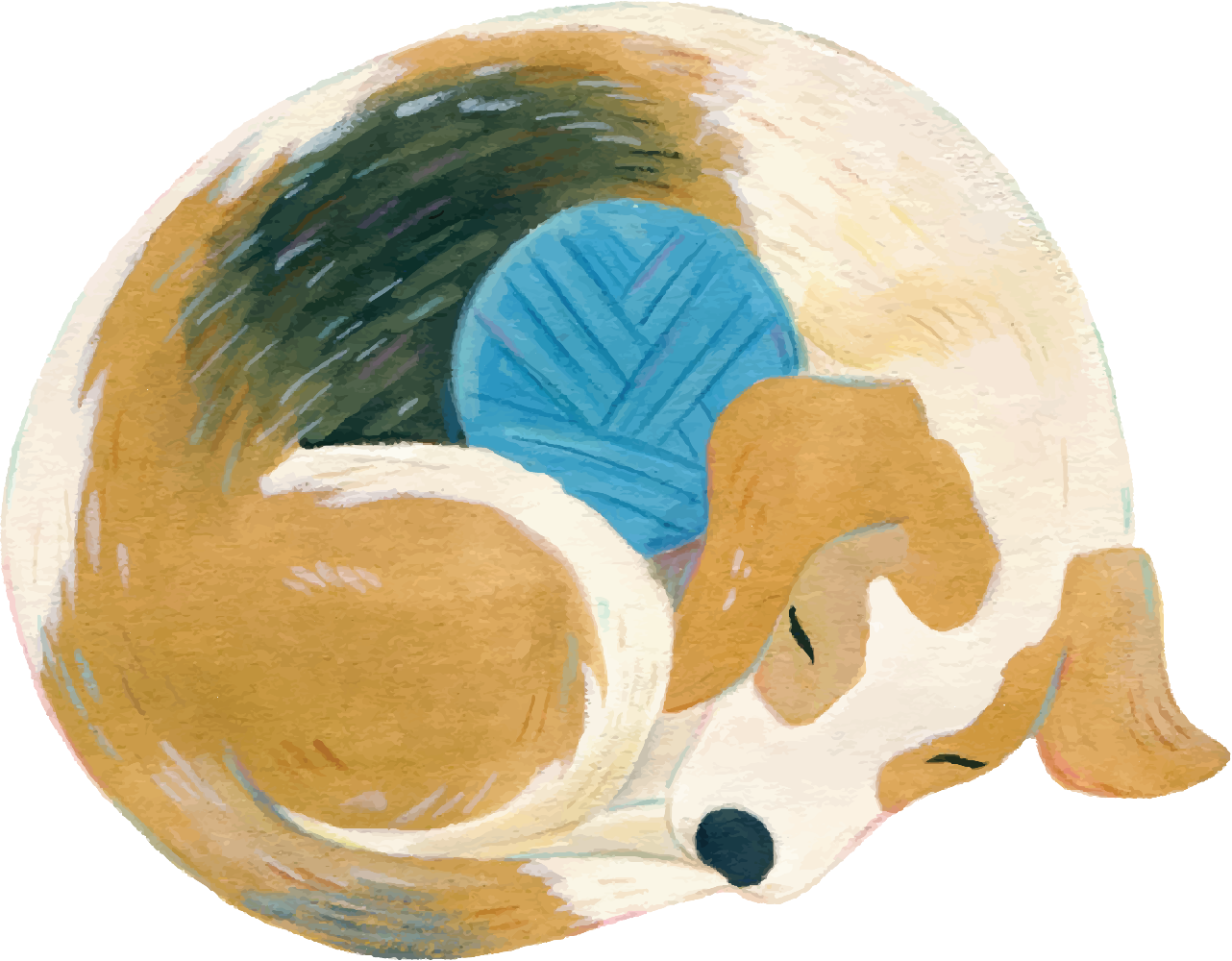shop
knitting-help
about-me
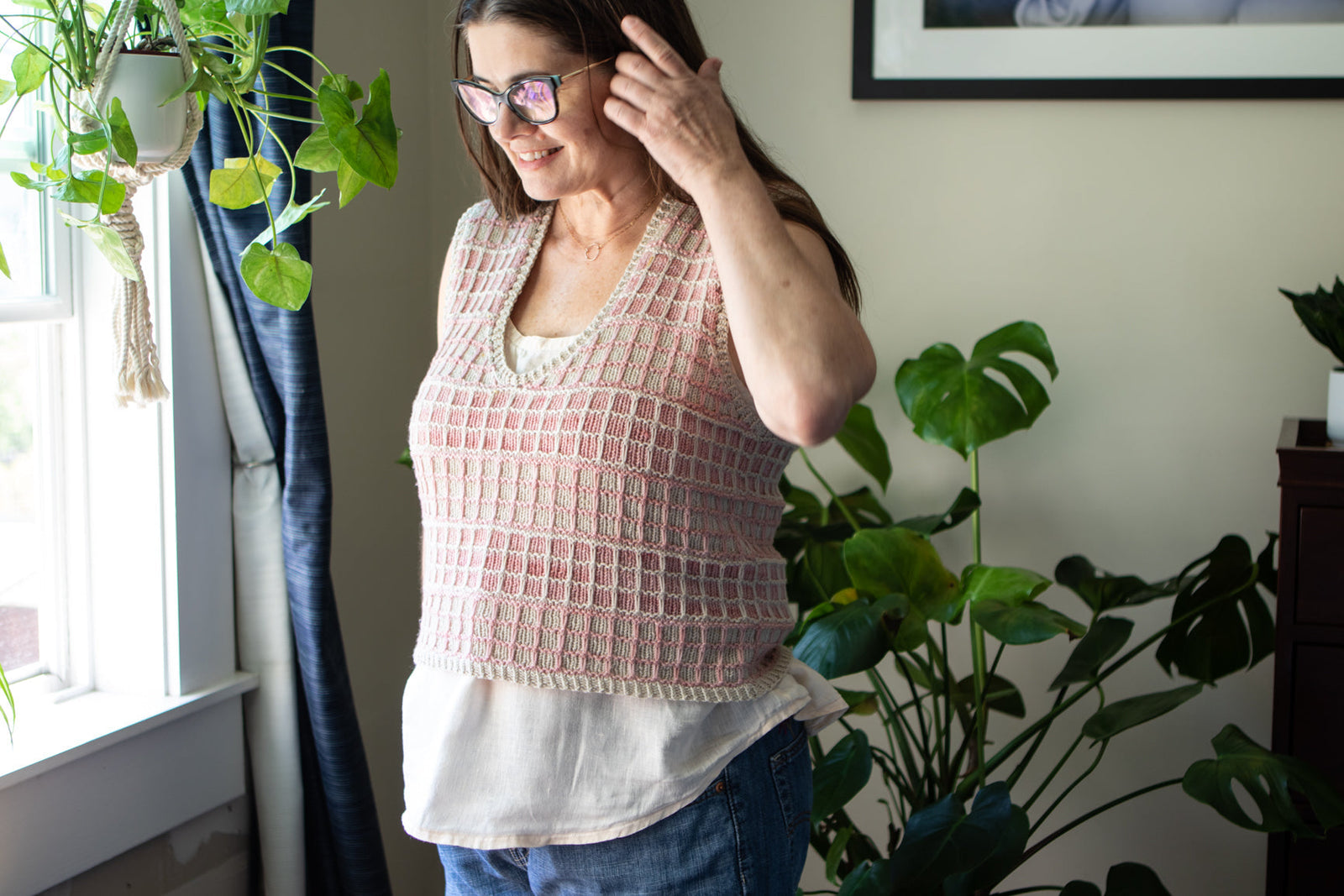
Welcome!
Welcome! I’m so glad you’re here.
I’m Anne Vally, a maker, knitter, sewist, and writer. I live and work in San Francisco.
I believe that knitting, crochet, and making things by hand can be a life-changing practice. It helps us slow down and counter all the -isms that can make life hard and isolating.
Depictions of knitting, particularly in magazines and on social media, are often very white-dominated, from the people who model knitwear to the people who are pictured participating in our craft. And yet, the actual world of stitching—knitting, crochet, quilting, and more—includes everyone, from trans women to women of color to people of different ages and body sizes and ability or disability.
We all win when everyone feels like they belong and when we each see ourselves included and represented in the field of craft and hand-making.
I aim to create an online space and shop for everyone who loves knitting, crochet and stitching to have open conversations, laugh, share tender moments, and have a soft spot to land in sad or hard times.
I photograph my patterns on models of color, I use WCAG (web content accessibility guidelines) for color contrast so that my website is accessible to people with low vision, and I create all of my products with a lens of fair and just practices. This includes who I work with, how I share revenue, and how I formulate timelines.
Including people makes me light up inside. I am the white partner in a family of mixed skin colors, and we have intentionally made our home in San Francisco because it’s a spot where we find ourselves among many other mixed families who perfectly belong together. Creating room for people to be seen and feel like they belong, just as my family does, is central to who I am.
I spend a few hours every month reading and learning about inclusion and social justice so that I can check my own weak spots and make sure my business practices are as inclusive as possible. I aim to not only include people but to push our industry forward.


